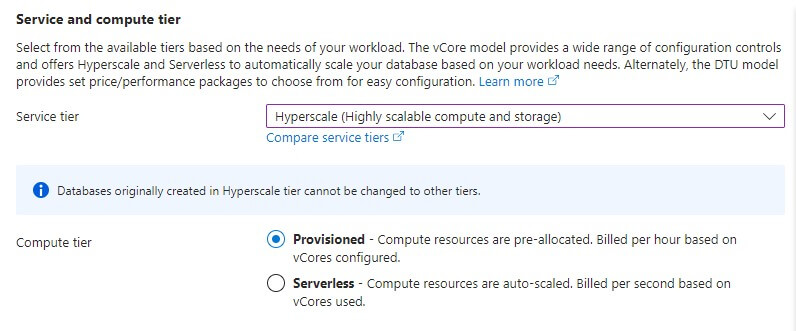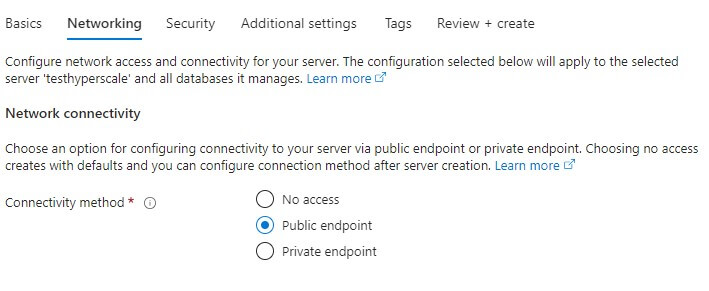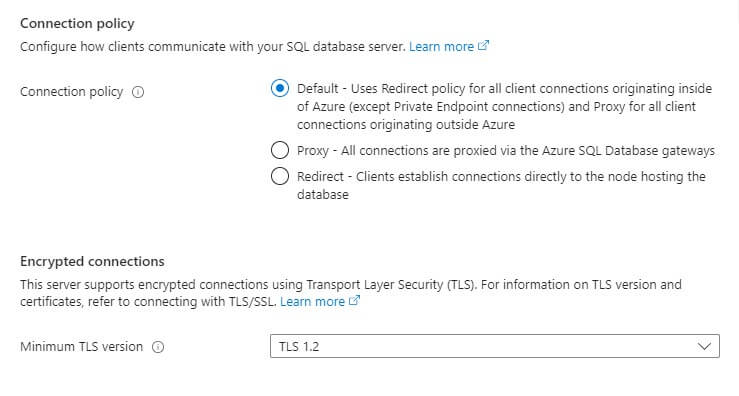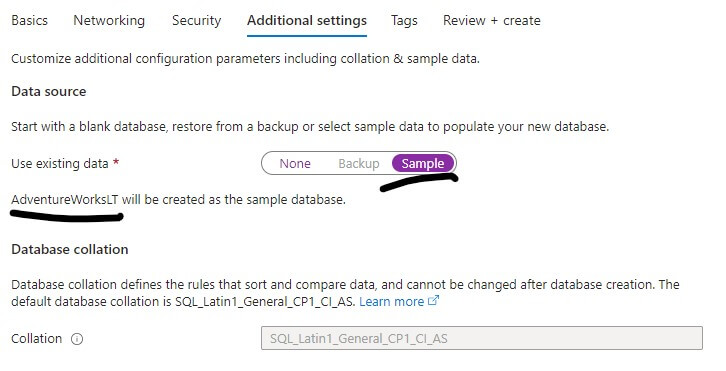Data is the lifeblood of contemporary enterprises in the digital age. Managing and growing databases to fulfill these demands is a continuous challenge as data quantities increase exponentially. Microsoft's innovative response to this problem—Azure Hyperscale Database—offers a novel way to manage enormous amounts of data with simplicity, agility, and dependability. For mission-critical operations with demanding scalability needs, Microsoft Azure's Azure Hyperscale Database provides a fully managed relational database service. In contrast to conventional databases, Azure Hyperscale makes use of a distinctive architecture that divides computing from storage, enabling it to manage enormous datasets without sacrificing performance.
Many of the practical restrictions that are often present in cloud databases are eliminated by the Hyperscale service tier. In contrast to most other databases, those in the Hyperscale service tier are not constrained by the resources of a single node. Storage may expand as needed thanks to its adaptable storage architecture. In actuality, there is no maximum size specified when creating hyperscale databases. You are only charged for the given storage capacity when using a hyperscale database, which expands as needed. The Hyperscale service layer offers quick scale-out for read-intensive workloads by setting up extra replicas as needed for read workload offloading. Additionally, the amount of time needed to scale up or down or to produce database backups is no longer dependent on the amount of data in the database. Virtually instantaneous backups are performed on hyperscale databases. You no longer have to worry about being constrained by your initial configuration choices thanks to this functionality.
Hyperscale Database Benefits
Hyperscale is compatible with the majority of T-SQL-based tools and applications, making the migration of existing databases quite simple. For organizations working with huge and expanding datasets. Azure Hyperscale databases provide a highly scalable and effective solution while preserving the benefits of Azure's cloud infrastructure.
- Architecture: Multi-tiered architecture is used by hyperscale. You can scale the computation and storage resources separately because they are separated.
- Storage: Azure Blob storage, which offers practically infinite capacity, is used to store data. The growth of the data has no impact on performance.
- Data Distribution: Data that has been dispersed across several storage nodes is broken up into 1GB pages. For the user, this distribution is transparent.
- Cache: To facilitate speedy access, a small amount of frequently requested data is stored in the high-speed, low-latency local SSD cache.
- Multiple compute nodes are available to access the dispersed data as compute nodes. Depending on the demands of the workload, they can be dynamically added or withdrawn.
- Scaling: You can scale computation and storage separately, letting you modify your resource allocation in accordance with consumption. It is possible to manage workload variations by using this flexibility.
- Automated maintenance and backups are provided by hyperscale databases, while Azure handles maintenance activities. High availability is ensured and management is made simpler.
- Global distribution: For high availability and disaster recovery, you can replicate your database across various Azure regions.
- Security: Azure's security tools, such as Azure Active Directory integration, firewall configurations, and threat detection, are accessible for hyperscale databases.
Let's create a single database in the Azure portal
- Browse to the Select SQL deployment option - Microsoft Azure
- Under SQL databases, leave Resource type set to Single database, and select Create.

- On the Basics tab of the Create SQL Database form, under Project details, select the desired Azure Subscription.
- For Resource group, select Create new, enter ResourcegroupName, and select OK.

- For Database name, enter DesiredName.

- For Server, select Create new, and fill out the New server form with the following values:
- Server name: Enter Servername, and add some characters for uniqueness
- Server admin login: Enter Username.
- Password: Enter a password that meets requirements, and enter it again in the Confirm password field.
- Location: Select a location from the dropdown list.
Select OK.

- Under Compute + storage, select Configure database.
- We are creating a Hyperscale database. For Service tier, select Hyperscale.

- Under Compute Hardware, select Change configuration. Review the available hardware configurations and select the most appropriate configuration for your database. I have selected the Standard-series (Gen5)

- Select OK to confirm the hardware generation.
- Select Next: Networking at the bottom of the page.
- On the Networking tab, for Connectivity method, select Public endpoint.

- For Firewall rules, set Add current client IP address to Yes. Leave Allow Azure services and resources to access this server set to No.


- Select Next: Security at the bottom of the page.
- Optionally, enable Microsoft Defender for SQL.

- Select Next: Additional settings at the bottom of the page.
- On the Additional settings tab, in the Data source section, for Use existing data, select Sample. This creates an AdventureWorksLT sample database so there's some tables and data to query and experiment with, as opposed to an empty blank database.

- Select Review + create at the bottom of the page:
- On the Review + create page, after reviewing, select Create.
This will create the Hyperscale Database In azure. Lets connect to the database and check if it is created correctly.
Open SSMS, enter the database details and Username and Password.

Click on Connect.
This will connect to the database. we can run query against this database.

Conclusion
One of the most effective ways to fully utilize your data is to create an Azure Hyperscale database. The principles of Azure Hyperscale databases have been discussed in this article, including their cost-effectiveness, worldwide accessibility, automatic scaling, and reliable performance.
You're future-proofing your data management strategy in addition to embracing cutting-edge technology when you select Azure Hyperscale databases. Azure Hyperscale databases are an appealing option for companies of all sizes and industries because to their seamless scalability, intelligent performance optimisation, and integrated security measures. Seize the chance to open up new avenues for data management and make use of Hyperscale's strength to propel your company ahead in a time where data is king.













